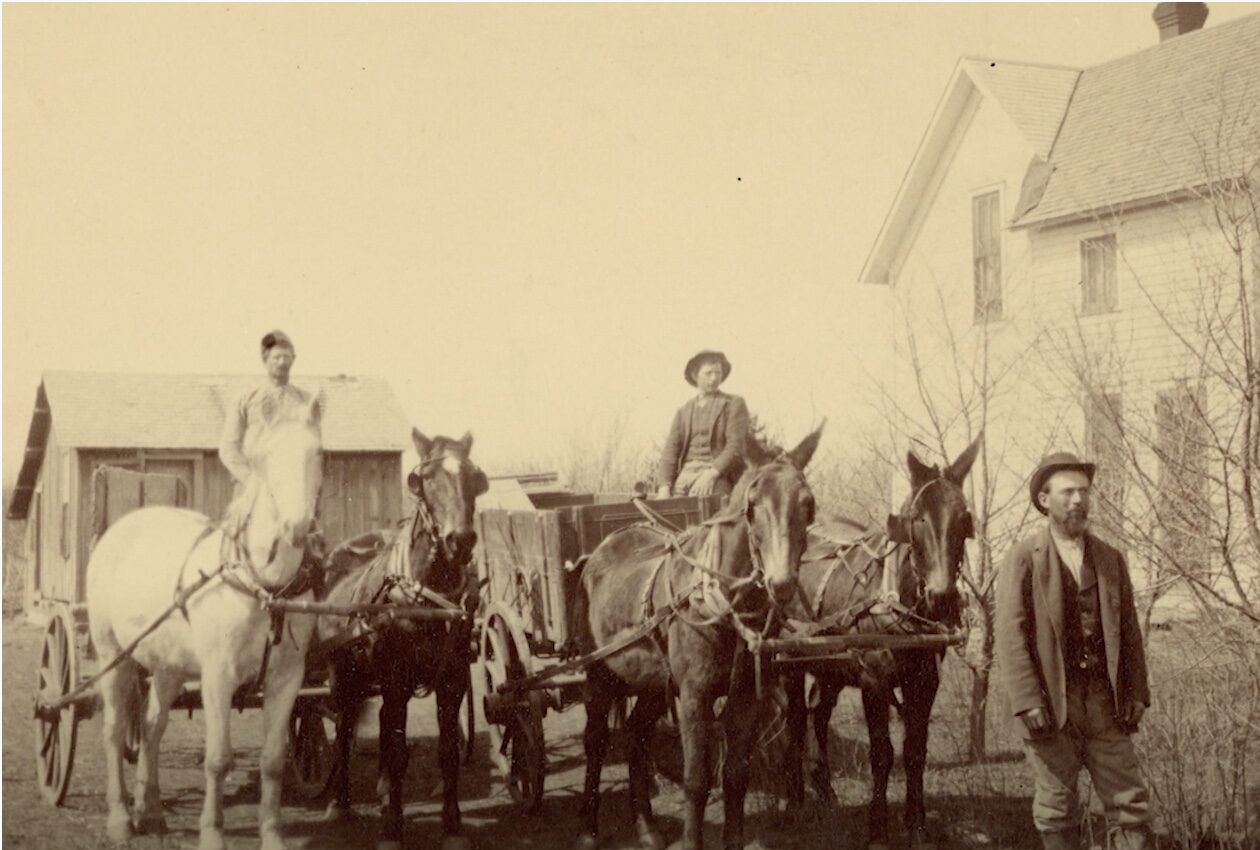EL DORADO — Butler County history is being brought to life through a series of short documentaries produced by the Butler County Historical Society.
Each episode in the “Rural Crossroads” series examines a different community. So far, segments have run on El Dorado, Augusta, Towanda, Douglass, Cassoday and Rosalia. More are planned for Beaumont, Benton, Potwin, Whitewater, Elbing, Rose Hill, Leon and Latham.
They can be viewed for free by going to youtube.com and typing in the historical society’s name. The episodes, which run between 12 and 22 minutes, are being posted every other Tuesday.
“Every community has lots of stories,” said Ken Spurgeon, a professor of history at Friends University and Butler County resident who’s consulting on the series. “I think the biggest challenge has been in deciding what’s worth to explore in a short film.”
The series came about through a grant from Humanities Kansas that was originally intended to fund an exhibit at the Butler County Historical Society and Kansas Oil Museum. When the coronavirus pandemic hit and the museum closed to most visitors, another use for the grant was found.
The historical series is being researched and written by Spurgeon and museum curator Suzanne Walenta, who also provide the on-camera narration. Logan McNay is the videographer.
Much of the material for the series was already possessed by the historical society, Spurgeon said. But the trio has also tried to incorporate museums located around the county into the series when possible and find knowledgeable local sources to interview. In Cassoday, they sat down with Jim Hoy, an author, former Emporia State University professor and recognized authority on the Flint Hills. “His knowledge of Cassoday is very strong,” Spurgeon said.
Among topics explored in the films are the “courthouse wars” of El Dorado, the hangings of suspected horse thieves by vigilantes in Douglass and the rise and fall of the Ku Klux Klan in Butler County, which Spurgeon called “a pretty yucky moment.”
But Spurgeon said the filmmakers “were not trying to expose some dark side of any community or anything like that.”
The county’s oil industry is a recurring theme.
“When the oil boom hit, it was a boom to a lot of communities,” Spurgeon said. “It created communities, some of which went away. Oil is always part of the story in Butler County.”
Two of Spurgeon’s previous films, “Home on the Range” and “The Road to Valhalla,” have earned the Western Heritage Award at the National Cowboy and Western Heritage Museum.
Despite history being his specialty, Spurgeon said he’s learned plenty while working on the series. The segment on Towanda, for instance, chronicled a 1892 tornado that “basically wiped out the town.”
“I own a farm near Towanda and knew nearly nothing about that myself.”
The series has gotten about 5,000 views during the last month, Spurgeon said.
“I think it’s been a great way to continue the work of the museum and historical society.”









